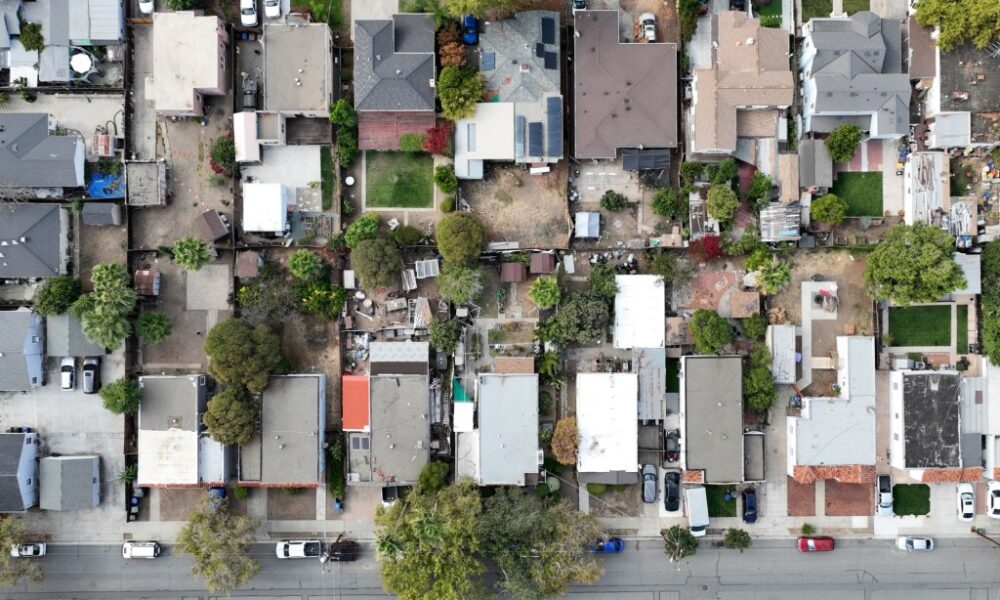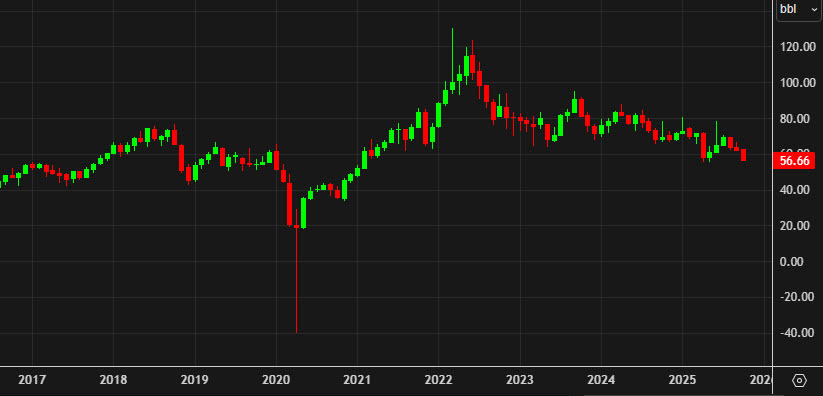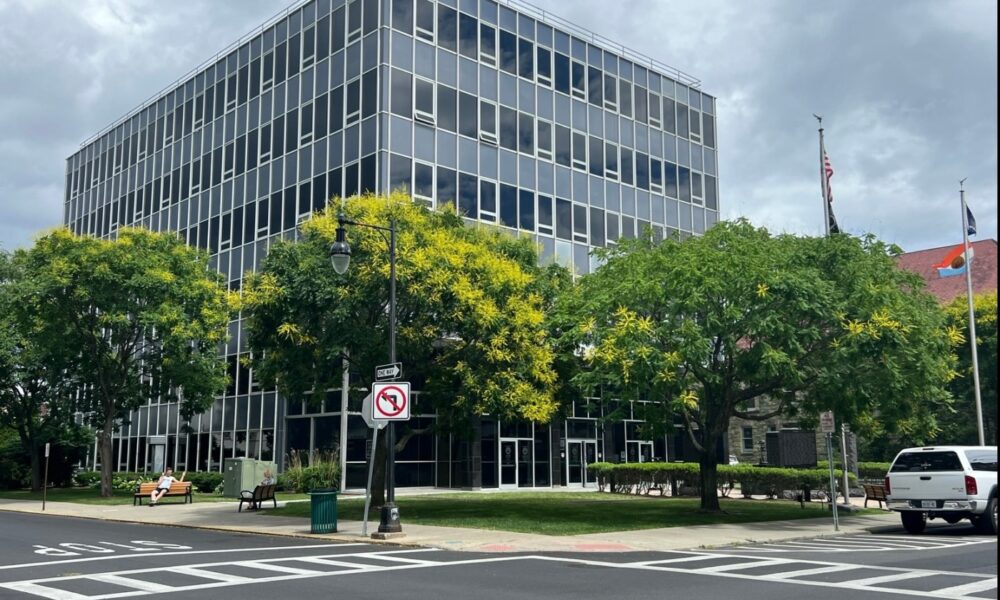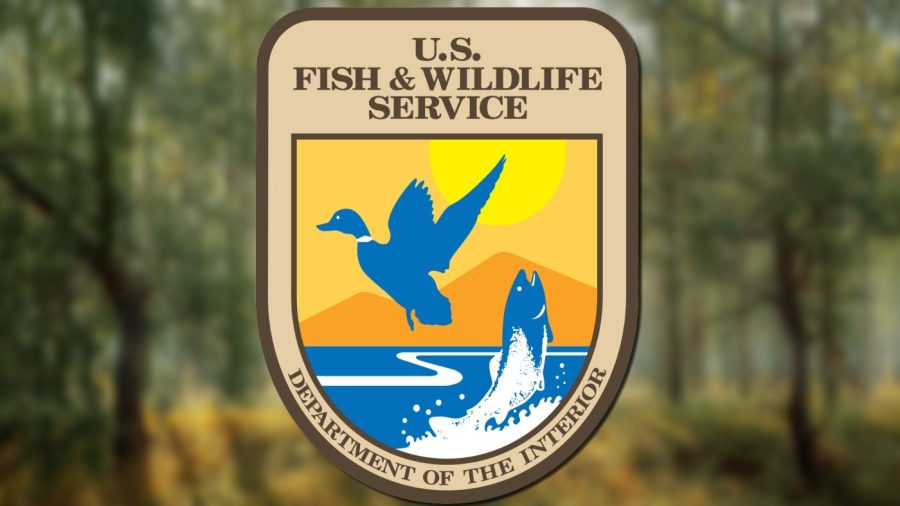Pittsburg has initiated a comprehensive Urban Forest Management Plan, fueled by a $2 million grant from the U.S. Department of Agriculture’s Forest Services. This funding, awarded in February 2024, aims to enhance the city’s tree canopy, particularly in neighborhoods experiencing the brunt of rising temperatures and poor air quality.
With a population exceeding 75,000, the city recognizes the urgent need for increased greenery to improve living conditions. The grant is part of a larger $1.5 billion initiative under the Inflation Reduction Act that supports urban tree-planting efforts, especially in disadvantaged areas.
To effectively implement this plan, Pittsburg first conducted a detailed assessment of its existing tree coverage. According to an analysis by PlanIT Geo, approximately 6% of the city’s land area is currently covered by trees. This figure is significantly below the average of 14% to 15% found in comparable urban areas. Nearby cities like Fremont and Pleasanton boast canopy covers of 14.4% and 25.3%, respectively.
Pittsburg’s “tree equity score,” a measure developed by the nonprofit American Forests, further indicates the need for improvement. The city scored 67, ranking low among its Contra Costa County neighbors, with only Bay Point and Antioch receiving lower scores. This score reflects how well the benefits of trees reach low-income communities and communities of color disproportionately affected by environmental hazards.
Natasha Farmer, an administrative analyst with the Pittsburg Public Works Department, stated that the city aims to increase its canopy coverage to 10% by 2050. Achieving this goal will require planting nearly 30,000 new trees over the next 25 years, building upon the existing 37,700 public trees.
Historically, Pittsburg’s tree canopy has seen gradual growth, rising from 4% in 2010 to 6% in 2022. Some older neighborhoods suffer from inadequate tree cover due, in part, to past planning decisions. Additionally, certain tree species, like camphor trees, have caused damage to sidewalks and streets, complicating urban management efforts.
Farmer noted the city’s approach to managing problematic trees. “Technically, what we can do in those situations is to remove them because they’re just going to keep costing money to replace the streets and sidewalks,” she explained. “But if we go in and cut down all those trees in that neighborhood, there would be no shade, and it would get hotter.”
To address these challenges, the Urban Forest Management Plan will focus on enhancing tree care and management practices. The goal is to create a more resilient urban forest while addressing inequities in access to shade and green spaces. Unlike other cities that typically develop a 10-year plan, Pittsburg is opting for a 40-year strategy, which aims to prepare for long-term climate challenges and budget constraints.
The city is also seeking community involvement through a survey designed to gather input and ideas from residents. The assessment by PlanIT Geo identified that only 29% of Pittsburg’s land is suitable for new tree planting due to impervious surfaces. Despite this limitation, the city plans to maximize the potential of available spaces.
By January 2029, Pittsburg aims to plant 450 new trees, with half designated for underserved areas. So far, approximately 100 new trees have already been planted. Additionally, in 2027, the city plans to offer free trees to residents interested in cultivation, maintenance, and management. “We would do a maintenance agreement with them, and they would be responsible for maintaining and watering the tree, which will add to our tree canopy,” Farmer mentioned.
Residents express a strong desire for these improvements. Dulce Bernal, a resident of a low-income apartment complex near Highway 4, highlighted the ongoing struggles with heat and air pollution. Her child suffers from asthma, and she has to rely on air conditioning and air purification systems to manage symptoms. “I spend more on electricity because of this,” Bernal said.
Similarly, in downtown Pittsburg, Isebel Morales discussed the difficulties of living without air conditioning during summer months. Lacking nearby parks or shaded areas, Morales and her family often have to seek refuge in shopping malls. “I would love to go maybe to a green area, but there’s no green area near here,” she lamented.
Both Bernal and Morales emphasize the need for targeted tree-planting efforts in areas like downtown, Crestview Drive, and Railroad Avenue, where disadvantaged populations reside. “The city needs to do more planting events, not just once a year,” Morales urged.
As Pittsburg embarks on this ambitious Urban Forest Management Plan, the hope is that the expanded tree canopy will not only combat heat but also enhance the quality of life for its residents, fostering a greener and healthier urban environment.






